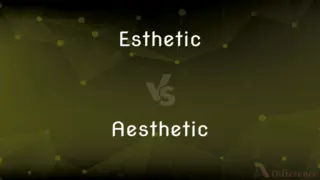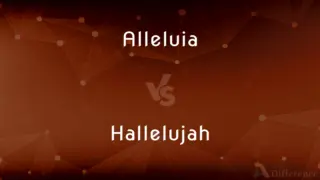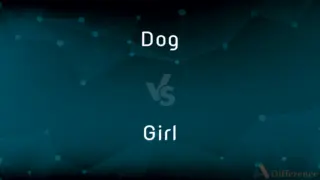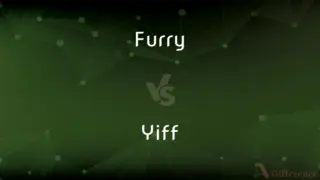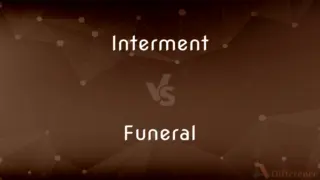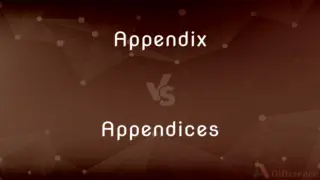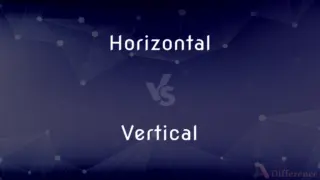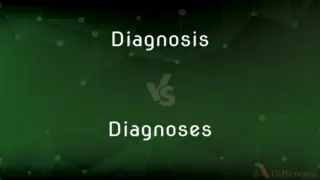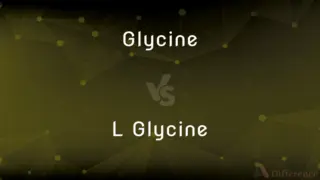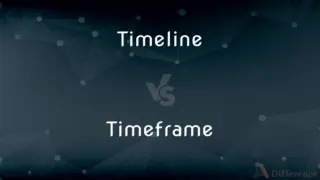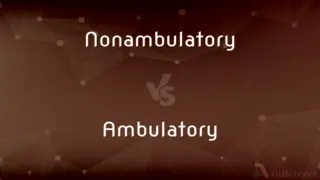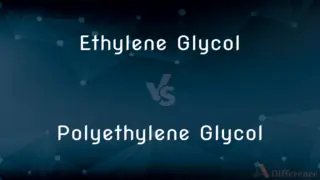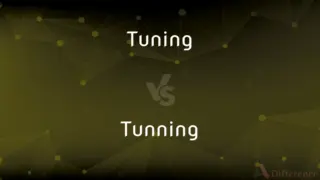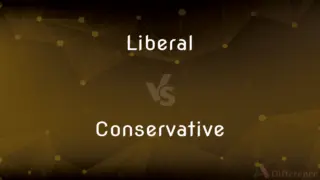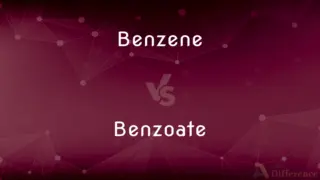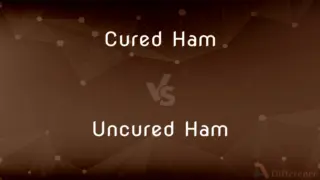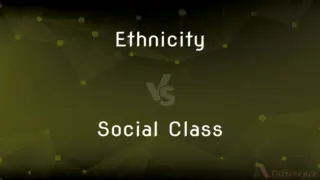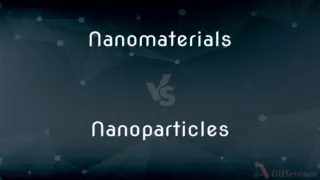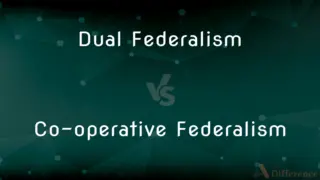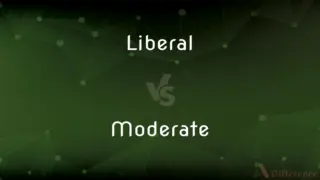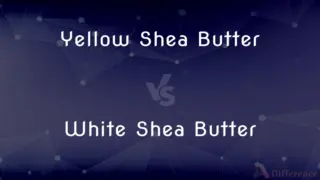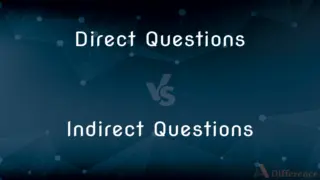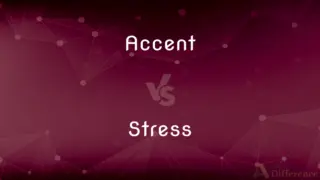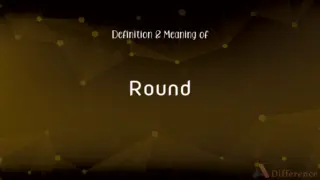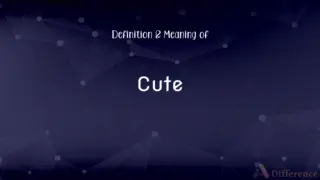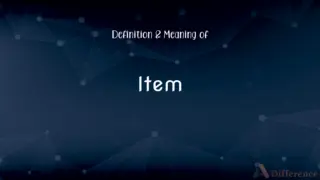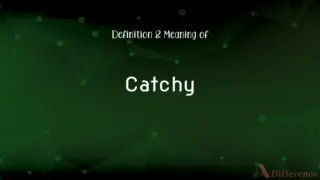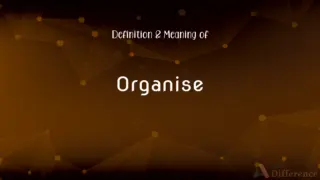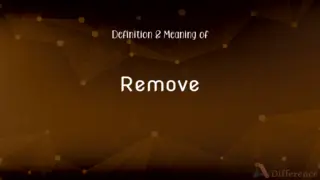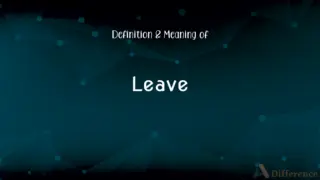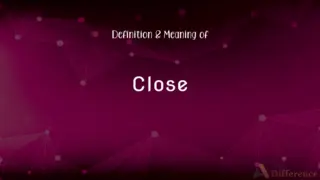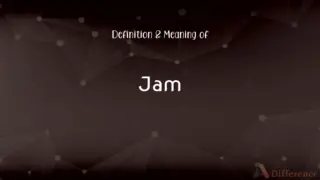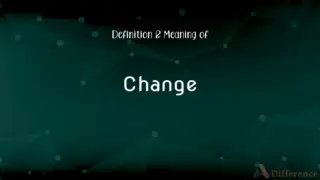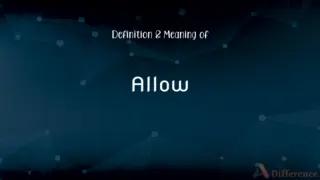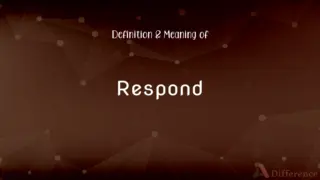Cone vs. Funnel — What's the Difference?
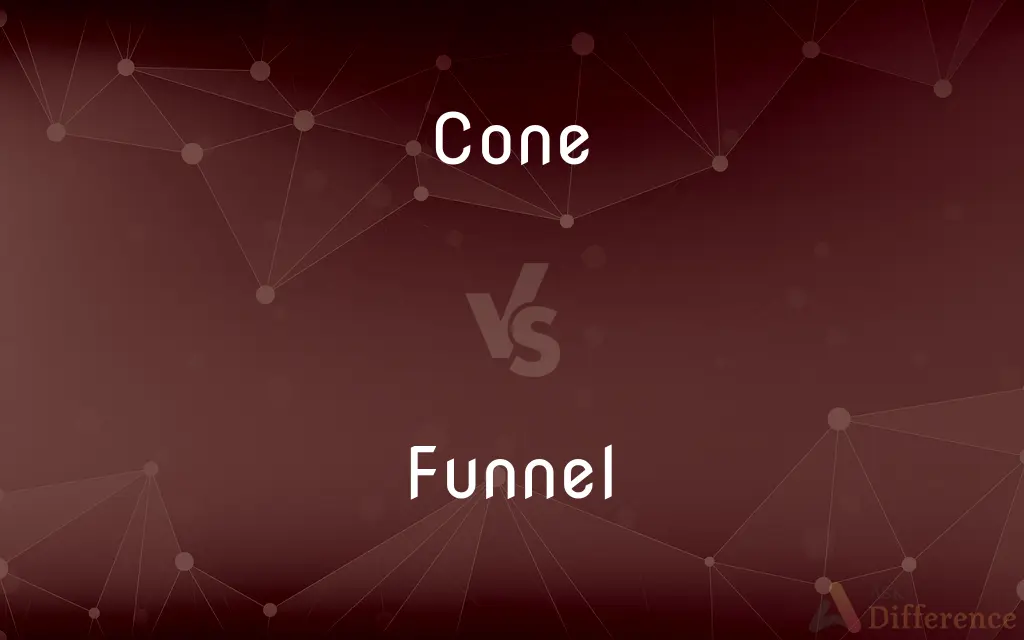
Difference Between Cone and Funnel
ADVERTISEMENT
Compare with Definitions
Cone
A cone is a three-dimensional geometric shape that tapers smoothly from a flat base (frequently, though not necessarily, circular) to a point called the apex or vertex. A cone is formed by a set of line segments, half-lines, or lines connecting a common point, the apex, to all of the points on a base that is in a plane that does not contain the apex.
Funnel
A funnel is a tube or pipe that is wide at the top and narrow at the bottom, used for guiding liquid or powder into a small opening. Funnels are usually made of stainless steel, aluminium, glass, or plastic.
Cone
A solid or hollow object which tapers from a circular or roughly circular base to a point
A cone of acrylic yarn
Stalls selling paper cones full of fresh berries
Funnel
A conical utensil having a small hole or narrow tube at the apex and used to channel the flow of a substance, as into a small-mouthed container.
Cone
The dry fruit of a conifer, typically tapering to a rounded end and formed of a tight array of overlapping scales on a central axis which separate to release the seeds
A cedar cone
ADVERTISEMENT
Funnel
Something resembling this utensil in shape.
Cone
One of two types of light-sensitive cell in the retina of the eye, responding mainly to bright light and responsible for sharpness of vision and colour perception.
Funnel
A shaft, flue, or stack for ventilation or the passage of smoke, especially the smokestack of a ship or locomotive.
Cone
Separate off or mark a road with traffic cones
Part of the road has been coned off
Funnel
To take the shape of a funnel.
Cone
The surface generated by a straight line, the generator, passing through a fixed point, the vertex, and moving along a fixed curve, the directrix.
Funnel
To move through or as if through a funnel
Tourists funneling slowly through customs.
Cone
A right circular cone.
Funnel
To cause to take the shape of a funnel.
Cone
The figure formed by a cone, bound or regarded as bound by its vertex and a plane section taken anywhere above or below the vertex.
Funnel
To cause to move through or as if through a funnel.
Cone
Something having the shape of this figure
"the cone of illuminated drops spilling beneath a street lamp" (Anne Tyler).
Funnel
A utensil in the shape of an inverted hollow cone terminating in a narrow pipe, for channeling liquids or granular material; typically used when transferring said substances from any container into ones with a significantly smaller opening.
Cone
A unisexual reproductive structure of most gymnospermous plants, such as conifers and cycads, typically consisting of a central axis around which there are scaly, overlapping, spirally arranged sporophylls that bear either pollen-containing structures or ovules.
Funnel
A passage or avenue for a fluid or flowing substance; specifically, a smoke flue or pipe; the chimney of a steamship or the like.
Cone
A similar, spore-producing structure of club mosses, horsetails, and spikemosses.
Funnel
(transitive) To use a funnel.
Cone
A reproductive structure resembling a cone, such as the female inflorescence of a hop plant or the woody female catkin of an alder.
Funnel
(intransitive) To proceed through a narrow gap or passageway akin to a funnel; to condense or narrow.
Expect delays where the traffic funnels down to one lane.
Cone
(Physiology) One of the photoreceptors in the retina of the eye that is responsible for daylight and color vision. These photoreceptors are most densely concentrated in the fovea centralis, creating the area of greatest visual acuity. Also called cone cell.
Funnel
(transitive) To channel, direct, or focus (emotions, money, resources, etc.).
Our taxes are being funnelled into pointless government initiatives.
Cone
Any of various gastropod mollusks of the family Conidae of tropical and subtropical seas that have a conical, often vividly marked shell and that inject their prey with poisonous toxins, which can be fatal to humans. Also called cone shell.
Funnel
(transitive) To consume (beer, etc.) rapidly through a funnel, typically as a stunt at a party.
Cone
To shape (something) like a cone or a segment of one.
Funnel
A vessel of the shape of an inverted hollow cone, terminating below in a pipe, and used for conveying liquids or pourable solids into a vessel with a narrow opening; a tunnel.
Cone
(geometry) A surface of revolution formed by rotating a segment of a line around another line that intersects the first line. Category:en:Surfaces
Funnel
A passage or avenue for a fluid or flowing substance; specifically, a smoke flue or pipe; the iron chimney of a steamship or the like.
Cone
(geometry) A solid of revolution formed by rotating a triangle around one of its altitudes.
Funnel
A conical shape with a wider and a narrower opening at the two ends
Cone
(topology) A space formed by taking the direct product of a given space with a closed interval and identifying all of one end to a point.
Funnel
A conically shaped utensil having a narrow tube at the small end; used to channel the flow of substances into a container with a small mouth
Cone
Anything shaped like a cone.
Funnel
(nautical) smokestack consisting of a shaft for ventilation or the passage of smoke (especially the smokestack of a ship)
Cone
The fruit of a conifer.
Funnel
Move or pour through a funnel;
Funnel the liquid into the small bottle
Cone
A cone-shaped flower head of various plants, such as banksias and proteas.
Cone
An ice cream cone.
Cone
A traffic cone
Cone
A unit of volume, applied solely to marijuana and only while it is in a smokable state; roughly 1.5 cubic centimetres, depending on use.
Cone
(anatomy) Any of the small cone-shaped structures in the retina.
Cone
(slang) The bowl piece on a bong.
Cone
(slang) The process of smoking cannabis in a bong.
Cone
(slang) A cone-shaped cannabis joint.
Cone
(slang) A passenger on a cruise ship (so-called by employees after traffic cones, from the need to navigate around them)
Cone
(category theory) An object V together with an arrow going from V to each object of a diagram such that for any arrow A in the diagram, the pair of arrows from V which subtend A also commute with it. (Then V can be said to be the cone’s vertex and the diagram which the cone subtends can be said to be its base.)
A cone is an object (the apex) and a natural transformation from a constant functor (whose image is the apex of the cone and its identity morphism) to a diagram functor. Its components are projections from the apex to the objects of the diagram and it has a “naturality triangle” for each morphism in the diagram. (A “naturality triangle” is just a naturality square which is degenerate at its apex side.)
Cone
A shell of the genus Conus, having a conical form.
Cone
A set of formal languages with certain desirable closure properties, in particular those of the regular languages, the context-free languages and the recursively enumerable languages.
Cone
(transitive) To fashion into the shape of a cone.
Cone
(intransitive) To form a cone shape.
Cone
(frequently followed by "off") To segregate or delineate an area using traffic cones.
Cone
A solid of the form described by the revolution of a right-angled triangle about one of the sides adjacent to the right angle; - called also a right cone. More generally, any solid having a vertical point and bounded by a surface which is described by a straight line always passing through that vertical point; a solid having a circle for its base and tapering to a point or vertex.
Cone
Anything shaped more or less like a mathematical cone; as, a volcanic cone, a collection of scoriæ around the crater of a volcano, usually heaped up in a conical form.
Now had Night measured with her shadowy coneHalf way up hill this vast sublunar vault.
Cone
The fruit or strobile of the Coniferæ, as of the pine, fir, cedar, and cypress. It is composed of woody scales, each one of which has one or two seeds at its base.
Cone
A shell of the genus Conus, having a conical form.
Cone
To render cone-shaped; to bevfl like whe circwlar segoent of a cone; as, to cone the tires of car wheels.
Cone
Any cone-shaped artifact
Cone
A shape whose base is a circle and whose sides taper up to a point
Cone
Cone-shaped mass of ovule- or spore-bearing scales or bracts
Cone
Visual receptor cell sensitive to color
Cone
Make cone-shaped;
Cone a tire
Share Your Discovery
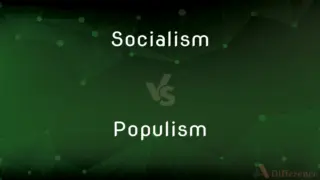
Previous Comparison
Socialism vs. Populism
Next Comparison
Septet vs. Heptet
